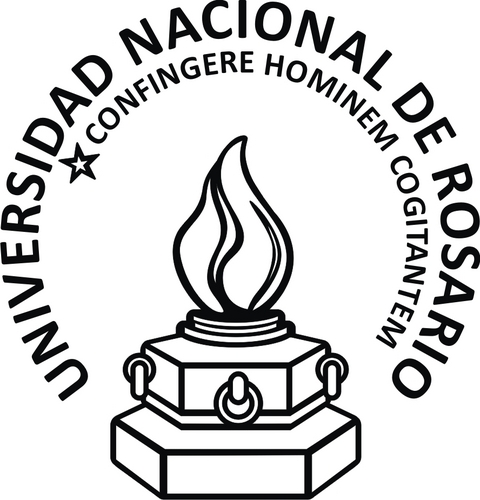Below is a summary of the abstract you submitted. Presenting author(s) is shown in bold.
If any changes need to be made, you can modify the abstract or change the authors.
You can also download a .docx version of this abstract.
If there are any problems, please email Dan at dar78@pitt.edu and he'll take care of them!
This abstract was last modified on March 14, 2024 at 6:22 p.m..

Bacteriophages are highly diverse and widely distributed viruses that infect bacteria. Studies on bacteriophages have increased due to their potential applications as therapeutic agents against antibiotic-resistant bacteria and as tools in genetic engineering.
In this work, we report the genome characterization of two lytic bacteriophages with siphovirus morphology isolated from soil samples collected in Santa Fe, Argentina. Garey24 forms medium-size plaques with halo rings and Nicky22 forms big round plaques.
After genomic DNA extraction libraries were constructed for both genomes and then sequenced on the Illumina MiSeq platform (v3 reagents). Garey24’s genome is 41,522 bp long, circularly permuted, and presents a G + C content of 63.5%. This phage was assigned to cluster EA, subcluster EA1. In contrast, Nicky22's genome is 41,785 bp long, exhibits a 3' sticky-end overhang, has a higher G + C content of 66.8% and was assigned to cluster EB.
The genome analysis of Garey24 revealed 63 protein-coding regions, out of which 27 have assigned functions. Additionally, a membrane protein was identified, but no tRNA genes were predicted. In the case of Nicky22, 70 protein-coding regions were identified, with potential functions assigned to 35 of them. Unlike Garey24, no membrane proteins were found in Nicky22. However, this phage does present two interesting features that are common among the EB cluster, a tRNA-Asn(gtt) and a frameshift that encodes for a tail chaperone.
In addition to the features mentioned earlier, Nicky22 also exhibits other characteristics that are typical of Cluster EB phages; all genes are transcribed rightwards, and the virion structural genes are arranged in a canonical organization. The lysis cassette is positioned downstream of the tail genes, and no integrase or repressor genes were identified, consistent with their lytic presentation. According to the genomic organization of the EA cluster, the Garey24 genome is divided into two large sets of genes. The left arm contains genes that are predicted to be involved in virion particle formation, assembly, and release from the host, while the right arm contains genes related to DNA metabolism. No immunity repressor or integrase functions were identified, suggesting that Garey24 is also an obligate lytic bacteriophage.
In summary, genomic analysis of two lytic bacteriophages from Santa Fe, Argentina, reveals diverse structure and function, highlighting the importance of exploring geographic diversity for their full potential in science and medicine.
